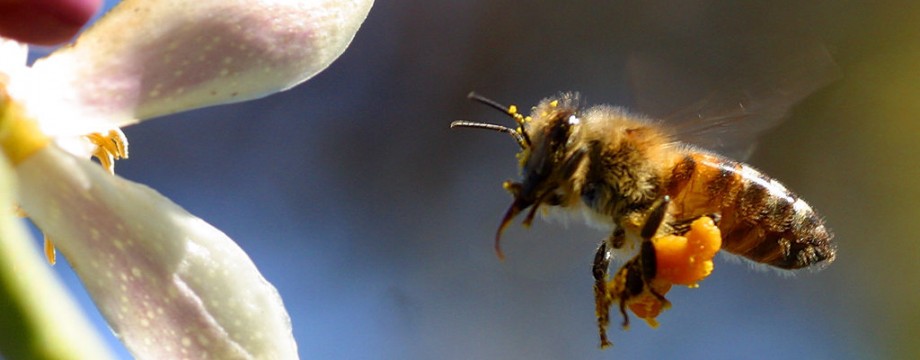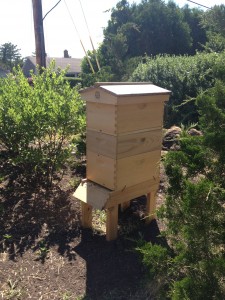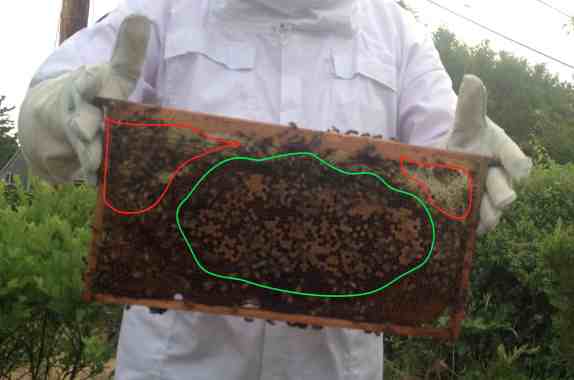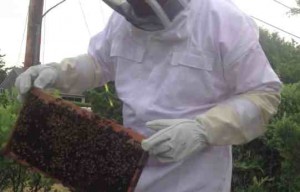 But my bees aren’t drinking it. I’ve tried putting shallow water with 1/4″ rocks in it, and the bees aren’t taking it; no matter where I put it. I’ve tried within 10 feet of the hive, and more than 10 feet. I’ve tried in their flight path, and outside their flight path. I’ve tried fresh water and muddy water. They’re just not taking it.
But my bees aren’t drinking it. I’ve tried putting shallow water with 1/4″ rocks in it, and the bees aren’t taking it; no matter where I put it. I’ve tried within 10 feet of the hive, and more than 10 feet. I’ve tried in their flight path, and outside their flight path. I’ve tried fresh water and muddy water. They’re just not taking it.
As far as I know, there are no swimming pools or hot tubs in the immediate area, but who knows within their two mile normal flying radius. However, there is one water source, but I have a hard time believing they can drink from it. If they can, it’s got all the water they need. About 150 feet from their hive is a salt water inlet.
Now let’s be clear here – this is salt water. Even in the inlet, this water is tidal, and fed from the open ocean. It’s very shallow at the edge of the inlet, so the water is warmed to about 70-75F on a sunny day. It’s always “fresh” because of the tidal flow, but it’s certainly not clean by human standards, and again, it’s salt water, not fresh.
Doing some Googling, I found a post by Micheal Bush who is considered an Oracle on all things bee:
Bees are attracted to water because of several things: • Smell. They can recruit bees to a source that has odor. Chlorine has odor. So does sewage. So does stagnant water.
• Warmth. Warm water can be taken on even moderately chilly days. Cold water cannot because when the bees get chilled they can’t fly home.
• Reliability. Bees prefer a reliable source. They will abandon a temporary close site for a more distant reliable site.
• Accessibility. Bees need to be able to get to the water without falling in. A horse tank or bucket with no floats does not work well. A creek bank provides such access as they can land on the bank and walk up to the water. A barrel or bucket does not unless you provide ladders or floats or both. I use a bucket of water full of old sticks. The bees can land on the stick and climb down to the water.
He may be onto something here. The inlet water certainly smells like the ocean. It’s warm. It’s certainly reliable. And there are thousands of places they would land and sip water safely. Could they be making the short trek and living off the salt water? I do have friends who find their bees drink from their outdoor salt water hot tub. If my bees are drinking from the inlet, it certainly would explain away one mystery.
Part of the allure of keeping bees is that there is always a few good mysteries, and curious human minds are drawn to the unanswered questions. Clearly this is one of those mysteries. Water, water everywhere, but not a drop to drink.






